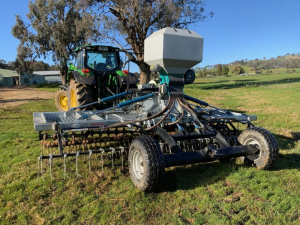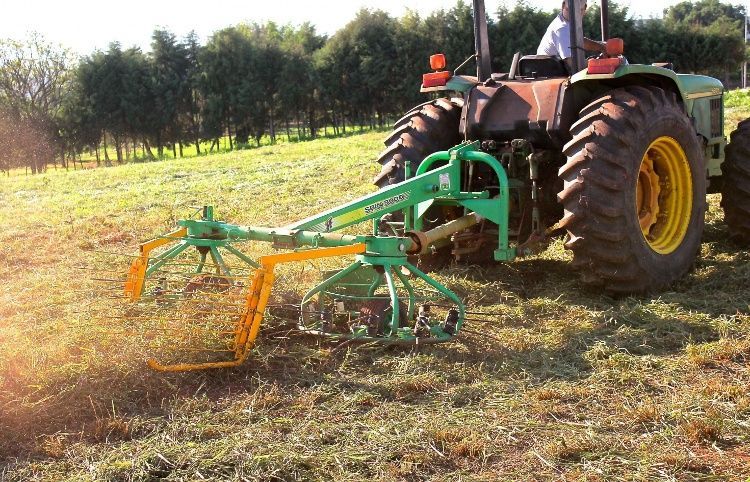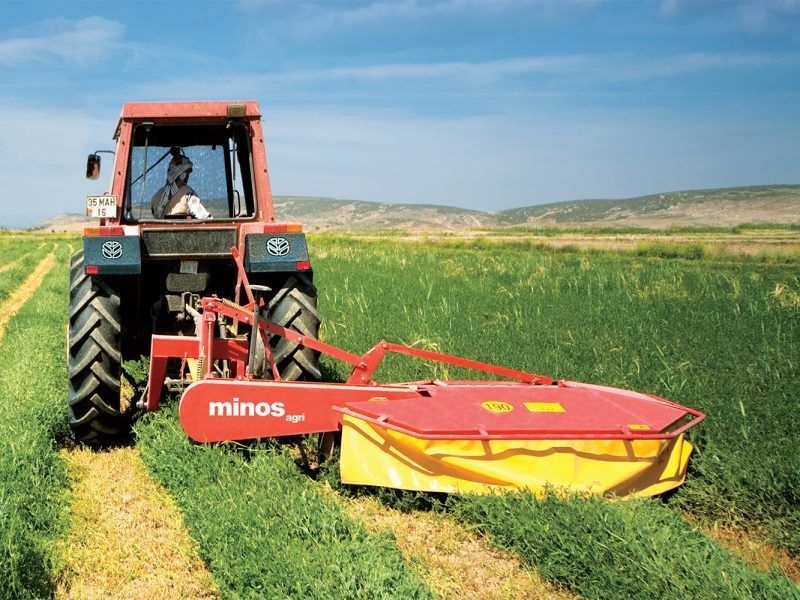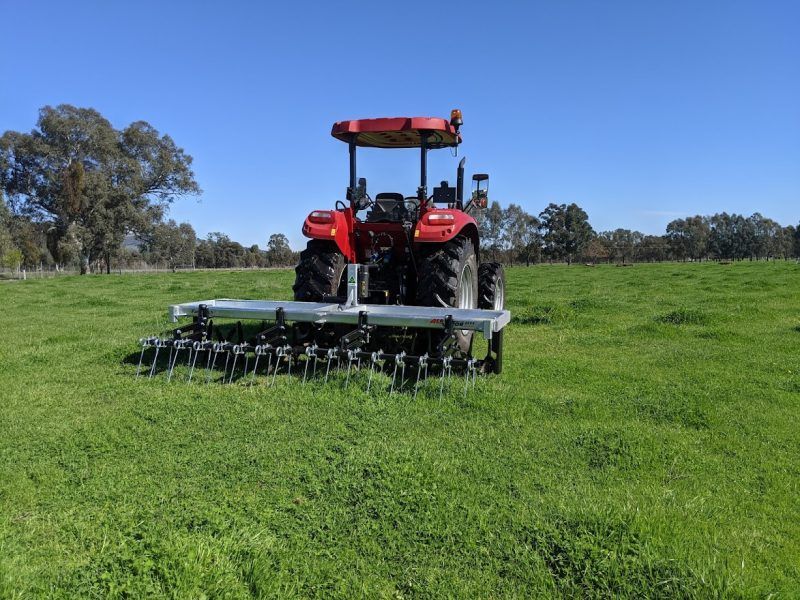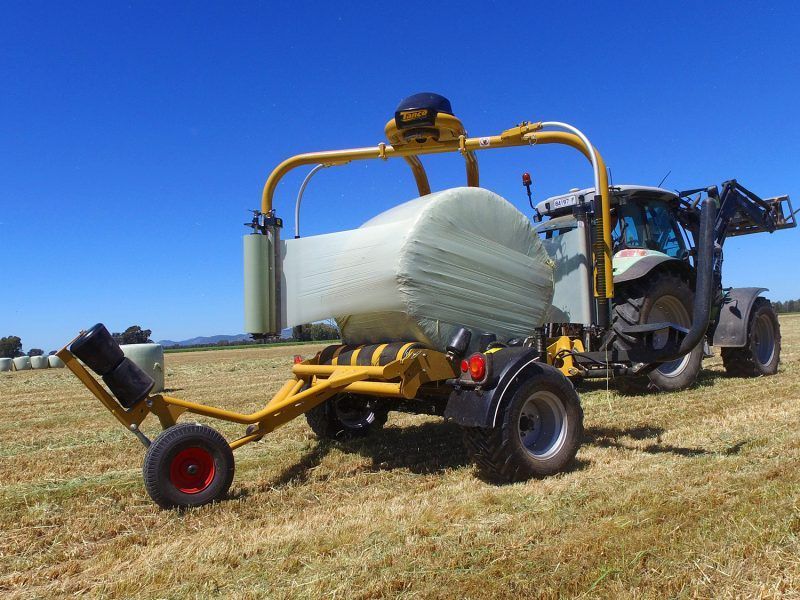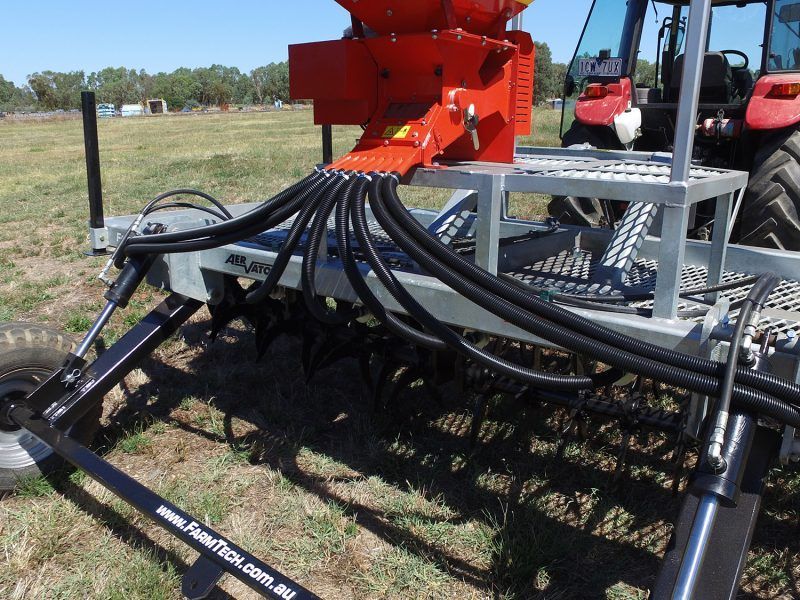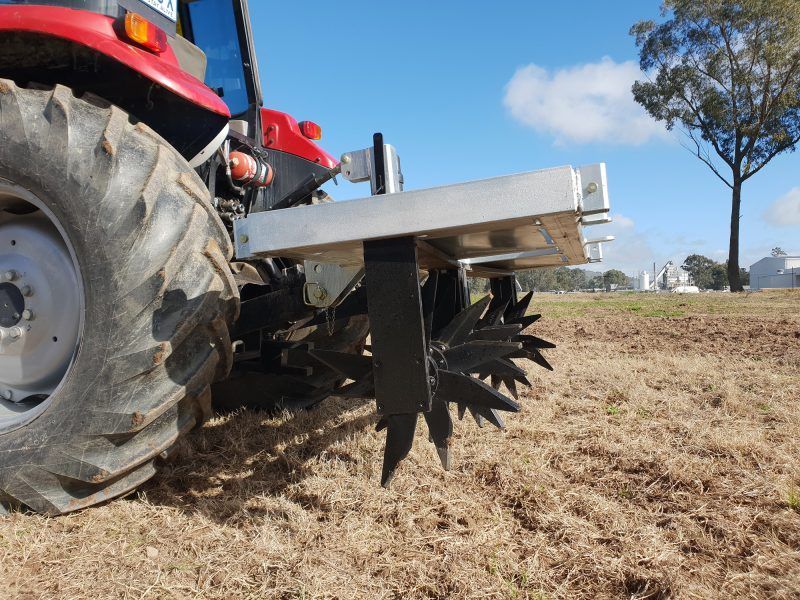Unlocking Your Farm’s Potential: A Guide to Using Seedbox
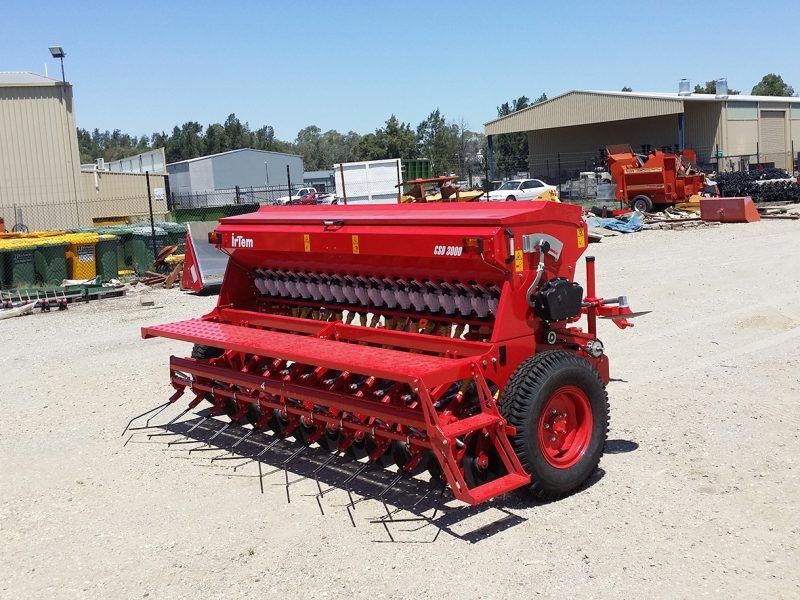
A seedbox is essential for farmers’ machines to plant their crops, ensuring excellent seed-soil contact for the best results. It’s a friendly seed container that holds the seeds and helps the farmer put them into the ground at the right place and time.
This ensures that the plants grow well and that the farmer gets the most out of their crops.
As farming has changed over time, seedboxes have also gotten better. Nowadays, many different seed boxes exist for various crops and farming methods.
Some seed boxes even work with other excellent tools like GPS systems and special computer programs to help farmers succeed at their jobs.
Farmers need to learn about seedboxes and how they can help them grow more and better crops. This way, they can choose the correct seed box for their farm and ensure they do their best to grow healthy plants and make a good living.
Seed Box Innovations and Advancement
- Variable rate seeding technology
Variable rate seeding technology is a fantastic invention that helps farmers plant different amounts of seeds in different parts of their fields. This is useful because some field areas might need more while others need fewer in the seed-sowing process. Using this technology, farmers can ensure they’re broadcasting seeds correctly for each field, which helps their crops grow better and produce more food.
- Seed Treatment Capabilities
Another neat advancement in seed boxes is treating them before planting them. Seed treatments can help protect from diseases and pests, making the plants more likely to grow strong and healthy. Some seed boxes can now treat seeds while they’re still in the box, which makes the planting process even more accessible and more efficient for farmers.
- Integration with GPS and farm management software
Seedboxes can also work with GPS systems and special computer programs for managing farms. This means farmers can track precisely where they plant and how many they use. This information can help farmers make better decisions about caring for their fields and ensuring their crops grow well.
- Developments in seed metering and delivery systems
There have also been improvements in how seed boxes measure and deliver to the ground. These developments ensure the seeds are planted at the correct depth and are covered with the right amount of soil. By improving the way seeds are put into the ground, these advancements help farmers grow healthier and more successful crops.
Importance in the Planting Processes
- Precise seed placement
Seedboxes help farmers put seeds in the ground to grow big and strong plants. The plants might not grow well if they are too close or far apart. Seedboxes ensure the seeds are spaced perfectly, giving plants enough room for sunlight, water, and nutrients.
- Efficient seed distribution
Seedboxes also help farmers spread seeds evenly in their fields. This means there won’t be spots with too many or too few seeds. When seeds are distributed evenly, plants grow better and make more food for people and animals. This helps farmers use their land in the best way and grow lots of healthy crops.
- Reduced seed waste
Another great thing about seedboxes is they help save seeds. Sometimes, when planted by hand or with older tools, many seeds get lost or need to be planted right. Seedboxes are made to control how seeds are put in the ground, which means fewer seeds are wasted. This saves farmers money and is also better for the environment.
- Faster planting speed
Another important job of seed boxes is helping farmers plant their crops faster. Planting seeds can take a long time, especially on big farms. Seedboxes, part of larger planting machines, can quickly cover more ground than older planting methods. This helps farmers plant their fields faster, giving them more time for other essential farm tasks.
Farming industries that seed boxes are used in
Seed Boxes are used in all aspects of crop farming, mainly where the crop grows above ground. The system is most commonly seen in maize farming but uses sorghum, cotton, and sunflower crops.
Seedboxes have also been used in other forms of farming, including canola farming, where there have been improved yields.
Seedboxes have also been used in pasture restoration, particularly in countries like Australia, where pastures face heavy damage from extreme weather. This is because when planted in a cover cropping, the crops grow close. This allows for seeding, soil protection, and soil improvement in all seasons.
What seed boxes are available
At farmtech, our premium seed box is Unia Alfa Seedbox. The Unia Alfa Seedbox delivers seeds via mechanical grooved sowing apparatus through a spool installed before the roller. It has a driving wheel to increase the ease of use.
The Unia Alfa Seedbox also has acid-resistant steel that can withstand any herbicides and pesticides that may have been sprayed before it was used. This seedbox also has two unique features in its aftercrop spreader and fertilizer.
This seedbox can double as a fertilizer, with its distribution system designed to facilitate fertilizer spreading. This seedbox is also equipped to sow after crop. After-crop is a seed grown later in the season with the same soil used for the previous crop.
Hence, if you are looking at performing a second harvest for a later-season crop, this machine can facilitate that without clearing a new patch of land.
If you are interested in learning more about the Unia Alfa Seedbox or want to learn more about seedboxes, contact FarmTech. Our friendly team can help you pick a suitable farm machine. Call us today at (02) 8776 3124 or email our team at sales@farmtech.com.au.



